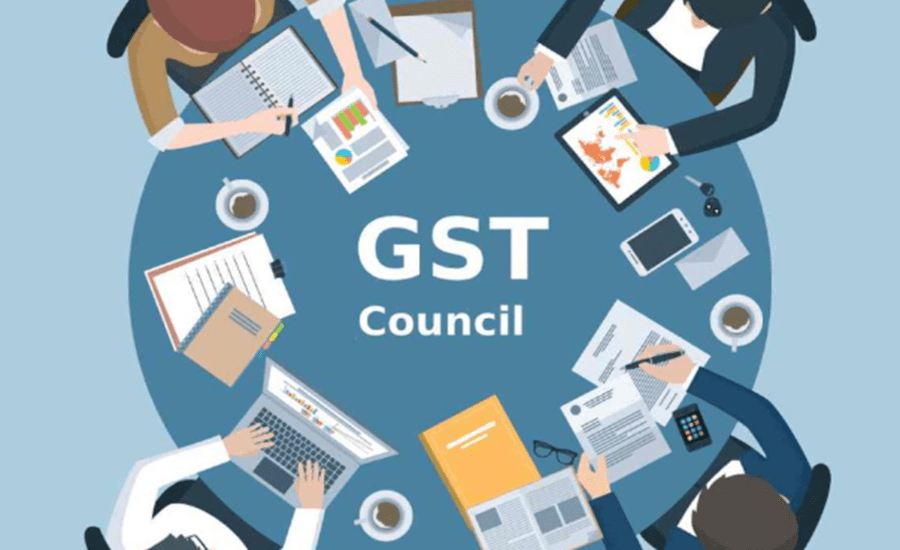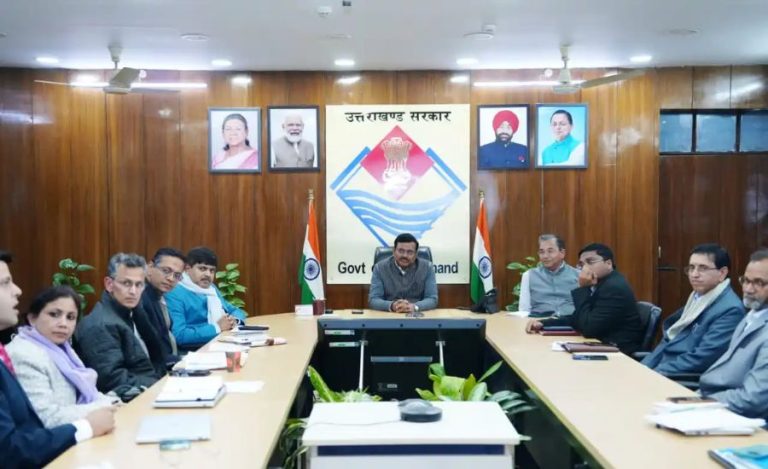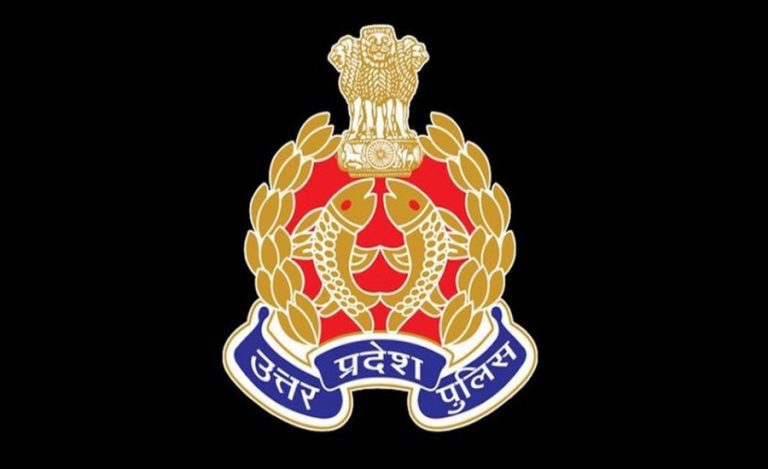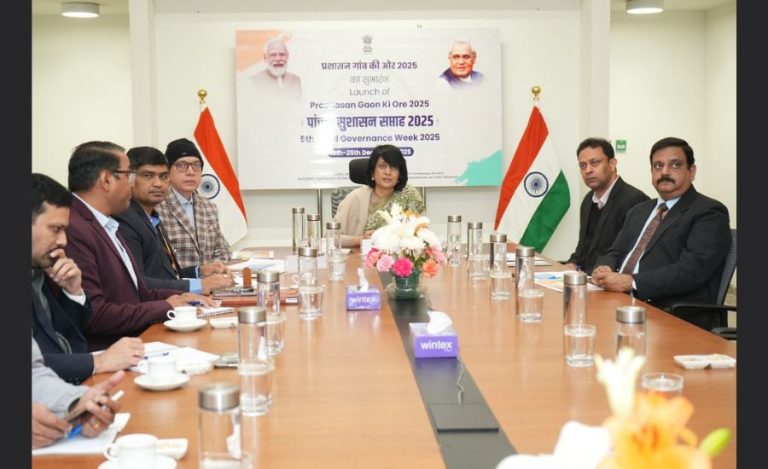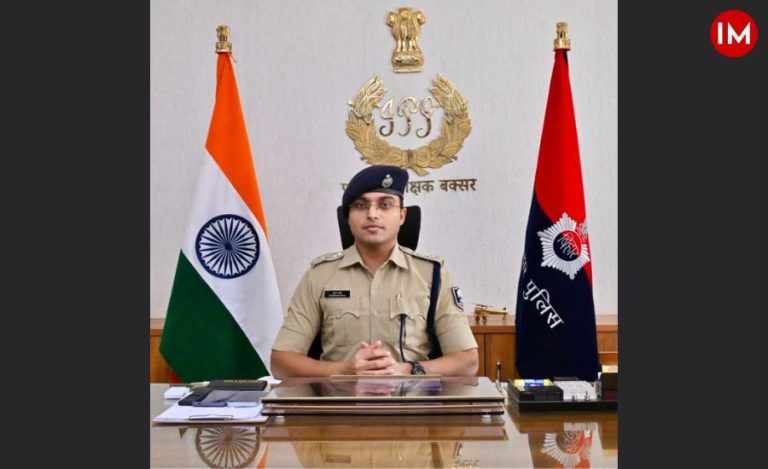New Delhi: Individual life and health insurance policies are likely to be exempt from Goods and Services Tax (GST), as states have backed the Centre’s proposal to reduce the current 18 percent tax to ‘nil’. The move is a key part of the Government’s broader “next-generation” GST reforms aimed at easing the financial burden on citizens.
States Align with Centre’s Proposal
The issue was discussed at the meetings of Groups of Ministers (GoMs) on Health and Life Insurance, and on Compensation Cess. The Centre has proposed rationalising GST into two principal slabs of 5 percent and 18 percent, with a special 40 percent rate reserved for five to seven sin goods.
Ahead of the meeting, Union Finance Minister Nirmala Sitharaman underscored that the reform agenda is aligned with the vision of an Atmanirbhar Bharat.
After deliberations, Bihar Deputy Chief Minister and GoM convenor Samrat Choudhary confirmed unanimous state support for exempting GST on individual life and health insurance premiums. However, he added that some states expressed reservations.
“The Centre’s proposal is clear that individual insurance policies should be exempt from GST. The GoM will present its report to the GST Council, which will take the final view,” he said.
Revenue Implications and Concerns
Currently, premiums on life and health insurance policies attract 18 percent GST. In FY 2023-24, GST collections from health insurance premiums stood at ₹8,262.94 crore, while ₹1,484.36 crore was collected from reinsurance premiums.
Telangana Deputy Chief Minister Mallu Bhatti Vikramarka highlighted that the exemption could cause an annual revenue loss of ₹9,700 crore. He stressed that the benefits of reduced taxation must directly reach policyholders rather than insurance companies. “A mechanism has to be developed to ensure the rate cut reaches people,” he said.
The GST Council, chaired by Finance Minister Sitharaman and comprising state finance ministers, will meet next month to decide on the reform package. Prime Minister Narendra Modi had earlier announced that GST reforms would be delivered as a “Diwali gift” to citizens.
Wider GST Reform Agenda
The GoM on Compensation Cess, chaired by Minister of State for Finance Pankaj Chaudhary, also met to discuss the end of the levy on October 30. No replacement mechanism was suggested. Punjab Finance Minister Harpal Singh Cheema raised concerns about revenue shortfalls, stating that the state loses ₹21,000 crore annually post-GST rollout.
The Centre borrowed ₹2.69 lakh crore during the pandemic to cover state revenue losses, extending the cess period until March 2026 to repay these loans. With repayment due by October 2025, the cess will no longer apply thereafter.
SBI Research estimates that the GST reform proposal could cost the exchequer ₹85,000 crore annually. However, it is projected to stimulate consumption by ₹1.98 lakh crore, as lower tax rates are expected to reduce costs and spur demand.
The Centre’s blueprint for GST reforms rests on three pillars: structural reforms, rate rationalisation, and ease of living. The current four-rate structure (5, 12, 18, and 28 percent) is likely to be simplified to minimise classification disputes and eliminate duty inversion.

